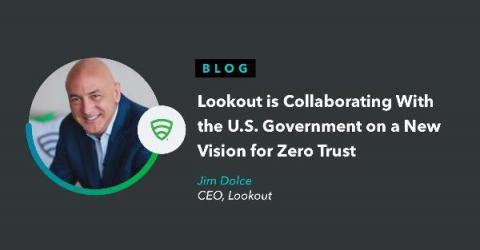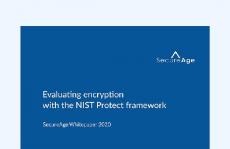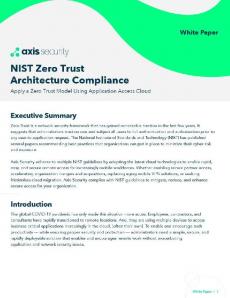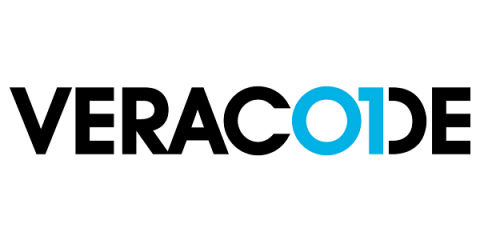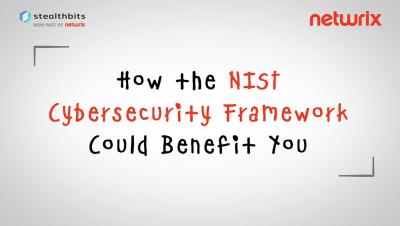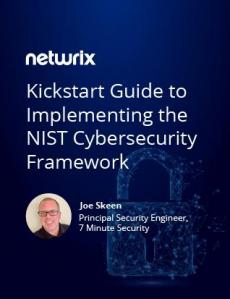Lookout is Collaborating With the U.S. Government on a New Vision for Zero Trust
In early 2020, almost every government agency embraced telework in response to the pandemic. With telework, employees operate outside the security perimeter that was put in place to protect them and the agency’s data. As a result, telework has had significant cybersecurity ramifications. Lookout has a long history of collaborating with the public sector to secure agency employees.


